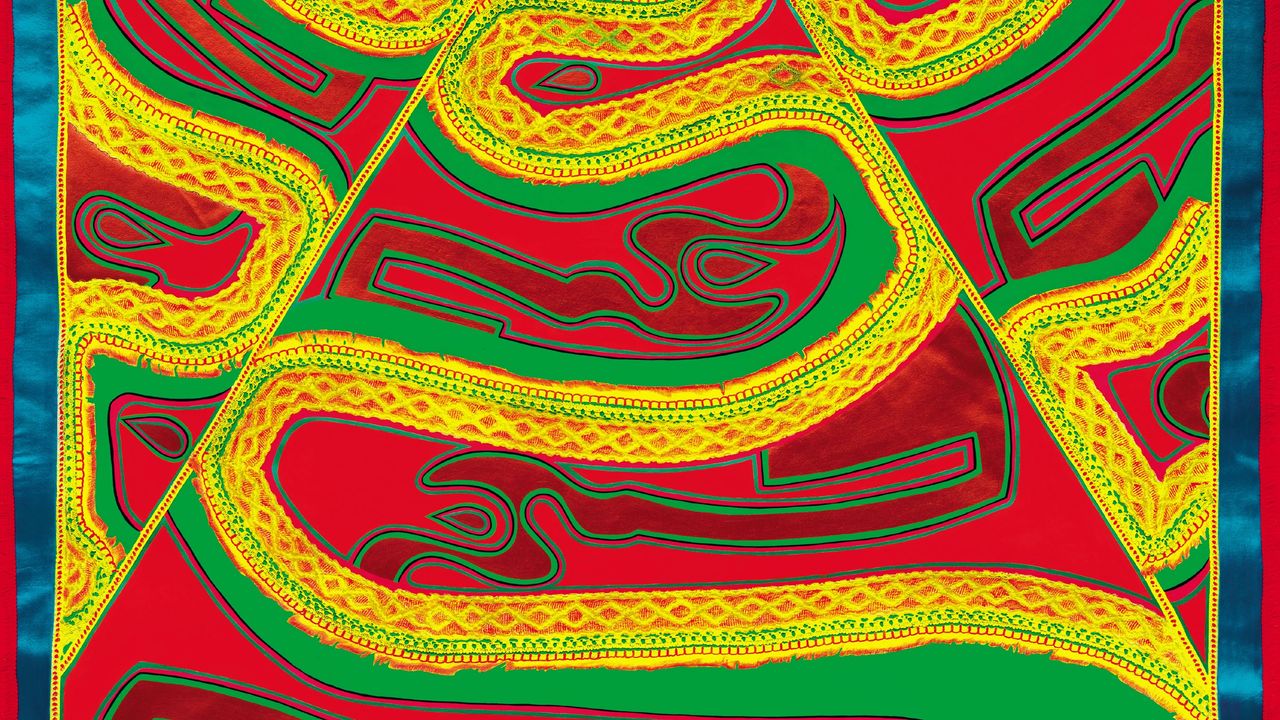Anyone who’s studied meditation or watched a Formula 1 race knows you can travel great distances without going anywhere at all—and enjoy the process of not getting there. There’s pleasure in following a circuit so frequently and so closely that everyday bits of the landscape become landmarks (we always pass that bullet-holed stop sign on this route) and a pang when those landmarks change (they replaced the stop sign!). Natural Information Society’s music operates on similar principles, drawing together the thrum of Moroccan gnawa, the austere profundity of Philip Glass, and the circular structures of John Coltrane at his most spiritual into a sound that doesn’t progress so much as it rotates. Its pleasures come from the steady accumulation of repetitions and all the little tweaks and evolutions and devolutions that composer Joshua Abrams and his band have built into their music.
Perseverance Flow is Natural Information Society’s first non-collaborative record since 2023’s jazz-fractaled Since Time Is Gravity. That album presented a more relaxed version of the group, unfurling its music as though rolling out a dusty Turkish carpet. Perseverance Flow’s tight focus—one theme looped ceaselessly, with modest embellishment, for 35 minutes—feels like a microscopic view of that same rug. The phrase is initially tight and loping: a two-note harmonium riff, a lightly heraldic bass clarinet, Abrams’ clip-clopping guembri, a little one-two drumbeat, all of it held together as tightly as pencils bundled by a rubber band. The group performed the piece live for a year before recording, which gives the album a warm and lived-in feel despite its formal constriction; imagine the Sun Ra Arkestra in big-band mode, playing a single bar over and over until achieving liftoff. Taking equal inspiration from Jamaican dub and Chicago dance music, Abrams edited the one-take performance in post-production, dropping in tonal tweaks and rhythmic inversions with a jeweler’s eye for detail.
